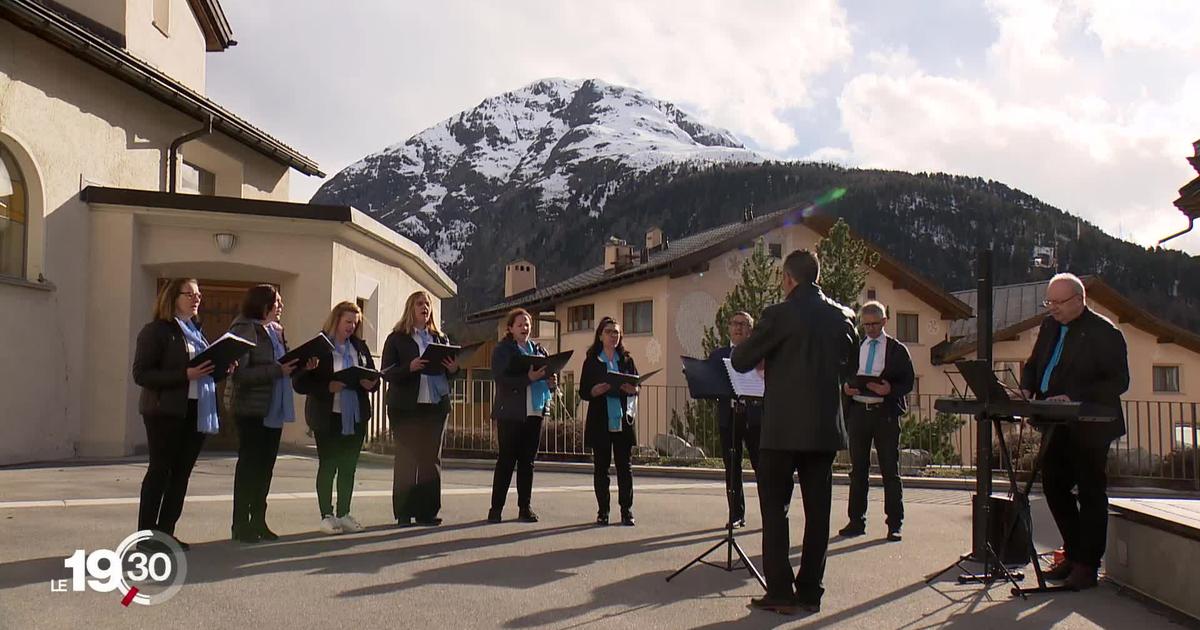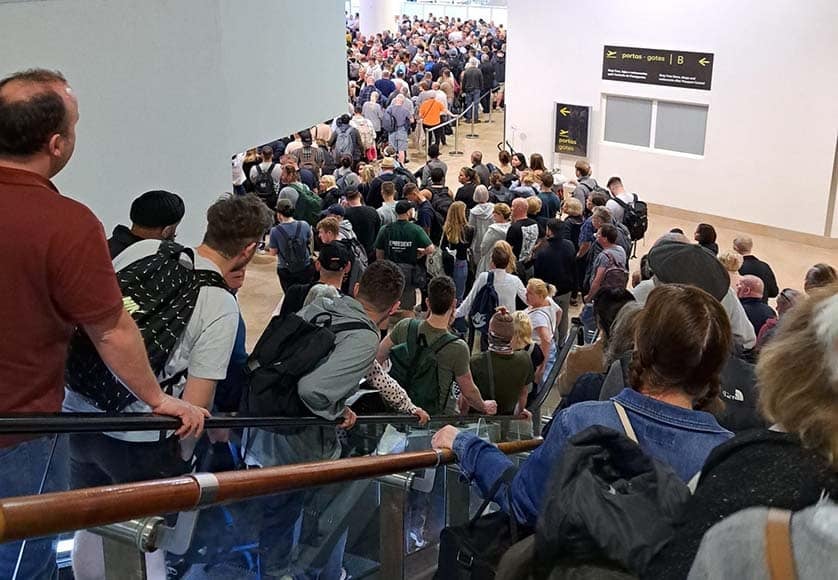
The large Portuguese community living in the Engadine feels comfortable there, especially thanks to the linguistic proximity to Romansh. Immigrants easily learn this language, which is close to Portuguese.
The cradle of the Romansh is located in the heart of the Swiss National Park in Graubünden. In this very touristy area, nothing would work without Portuguese immigrants.
Aldina Forer is the perfect example, having worked for over twenty years in a restaurant in Val-Moustier. She speaks Romansh with her boss and employees.
A language I learned in two months
“I learned Romansh with the chef's children,” Aldina Forer says Thursday on RTS at 7:30 p.m. “It was important to be able to work and talk with people in the valley.” This Portuguese woman learned the new language in just two months, without taking lessons.
In Val Mustair and the Engadine, one in seven residents comes from Portugal. It is the first foreign community in the region, and if many immigrants have learned Romansh, it is because these two Romansh languages are very close.
A second grade student who became a teacher
Claudio Rebelo, a student at the Portuguese High School in Engadine, fell in love with the Romansh language so much that he decided to teach it in primary school. “I want to contribute to the survival of this beautiful language,” he explains. “I would be very disappointed if Romanshism disappeared.” By adopting it, the Portuguese are helping to keep the fourth national language alive.
But in the Upper Engadine region, some of them did not need to learn Romansh, because the language was no longer used much in the region. German and Italian are mainly spoken there.
Jean-Marc Heuberger/Oang






